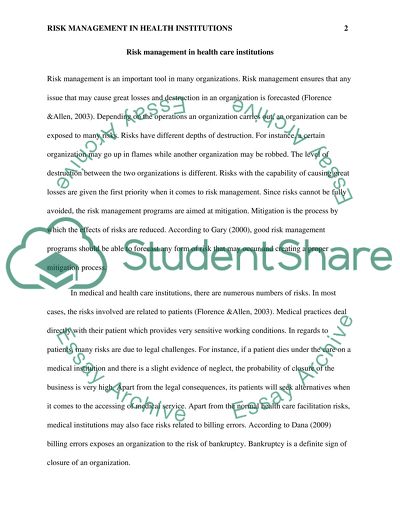Cite this document
(“Risk Management In Health Care Institutions Essay”, n.d.)
Risk Management In Health Care Institutions Essay. Retrieved from https://studentshare.org/health-sciences-medicine/1446676-week
Risk Management In Health Care Institutions Essay. Retrieved from https://studentshare.org/health-sciences-medicine/1446676-week
(Risk Management In Health Care Institutions Essay)
Risk Management In Health Care Institutions Essay. https://studentshare.org/health-sciences-medicine/1446676-week.
Risk Management In Health Care Institutions Essay. https://studentshare.org/health-sciences-medicine/1446676-week.
“Risk Management In Health Care Institutions Essay”, n.d. https://studentshare.org/health-sciences-medicine/1446676-week.


